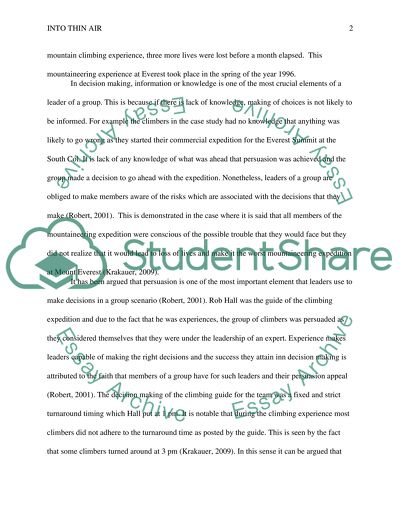Cite this document
(“Thin Air by Jon Krakauer Case Study Example | Topics and Well Written Essays - 1250 words - 1”, n.d.)
Thin Air by Jon Krakauer Case Study Example | Topics and Well Written Essays - 1250 words - 1. Retrieved from https://studentshare.org/literature/1599672-into-thin-air
Thin Air by Jon Krakauer Case Study Example | Topics and Well Written Essays - 1250 words - 1. Retrieved from https://studentshare.org/literature/1599672-into-thin-air
(Thin Air by Jon Krakauer Case Study Example | Topics and Well Written Essays - 1250 Words - 1)
Thin Air by Jon Krakauer Case Study Example | Topics and Well Written Essays - 1250 Words - 1. https://studentshare.org/literature/1599672-into-thin-air.
Thin Air by Jon Krakauer Case Study Example | Topics and Well Written Essays - 1250 Words - 1. https://studentshare.org/literature/1599672-into-thin-air.
“Thin Air by Jon Krakauer Case Study Example | Topics and Well Written Essays - 1250 Words - 1”, n.d. https://studentshare.org/literature/1599672-into-thin-air.


